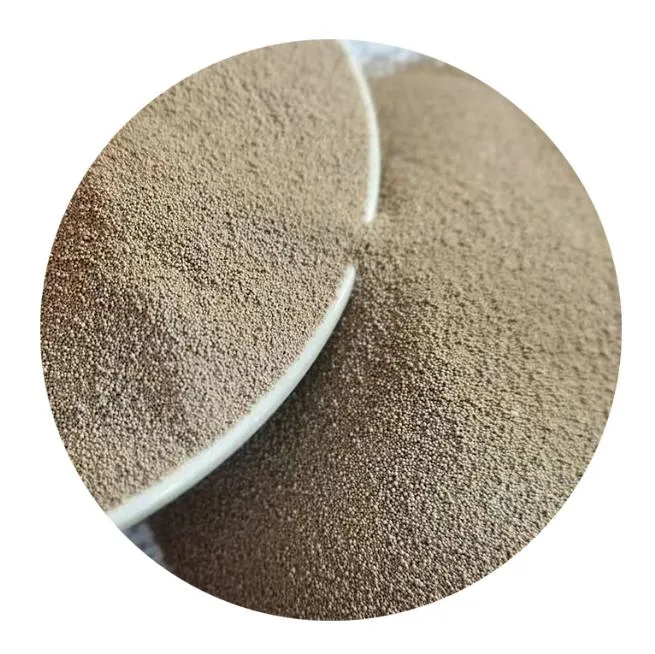

In terms of authoritativeness, sand casting is backed by a wealth of academic research and industrial case studies. The expertise accumulated from both historical practices and cutting-edge technological advancements, such as the integration of CAD software for precise mold design, contributes to the authoritative body of knowledge on sand casting. These resources are invaluable for engineers aiming to optimize casting processes for efficiency and quality. Trustworthiness in sand casting stems from its consistent ability to meet stringent industry standards and customer specifications. The process's reliability is enhanced by modern advancements such as simulation software that allows engineers to predict and mitigate potential defects before production begins. This predictive capability ensures that the final products not only meet but exceed expectations, fostering trust between manufacturers and their clients. Furthermore, the environmental consideration of sand casting has gained attention as industries strive for sustainability. The ability to recycle sand used in molds multiple times reduces waste and minimizes the environmental footprint, aligning with global sustainability goals. This eco-friendly aspect enhances the trustworthiness of sand casting in the eyes of environmentally conscious industries and consumers. In conclusion, sand casting continues to be a cornerstone of the manufacturing industry, thanks to its experience-driven adaptability, expert-level process control, authoritative backing by research and technology, and trustworthy results. As industries evolve, the timeless benefits of sand casting persist, making it an indispensable technique for producing high-quality metal components. Post time:feb . 04, 2025 03:49
Next:sand casting sand types
